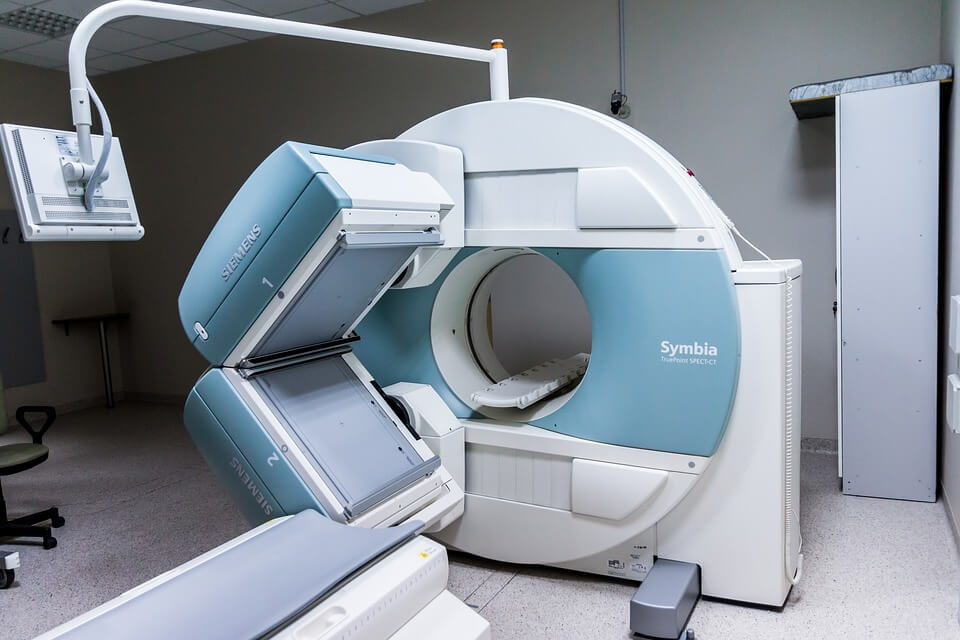
$3.5 Million Verdict for fall at Hospital Based on New MRI Technology
An 87-year-old hospital patient injured in a fall has won a $3.5 million verdict. A Newport News hospital used high resolution imaging to dramatize alleged brain injuries for the jury. The plaintiff was in the hospital for a hip replacement when she fell from her bed in February 2006 according to the published report about the case. She suffered a fractured hip and then a stroke according to the report. The plaintiff suffered a brain injury and was permanently disabled. The case was reported in the January 7, 2013 Lawyers Weekly.
The case is important to plaintiffs everywhere due to two major evidentiary developments. First of all, the case used the 2006 opinion in Riverside v Johnson whereby by the Supreme Court allowed plaintiff’s attorneys to have right of access to factual information on incident reports about possible medical mistakes. The reports themselves are accessible but the follow-up and later deliberations from the hospital or not. In the case at hand the plaintiff used the Riverside decision on hospital protocols as an important part of convincing the jury to pay for the hospitals failure to follow its own protocols regarding hip replacement patients. Additionally the plaintiff was able to display images of brain injuries using MRI technology known as Diffuser Tensor Imaging (DTI) and NEUROQUANT analysis. These same technologies were recently used by our office in a tractor trailer case involving a brain injury. The Diffuser Tensor Imaging is an amazing technology which can show areas of fractional anistrophy whereby the water flow of the brain is disrupted by trauma. These images go a long way in proving to the jury that an injury did occur and that the injury itself is permanent in nature. Subsequent NEUROQUANT testing is an actual comparison of MRI studies to show that the brain in the area of injury is beginning to atrophy or deteriorate at a faster rate than other areas of the brain showing the long-term effects of any such brain injury.
We at Cannella & O’Neal make it our passion to imagine justice and are pleased to have employed the best doctors with knowledge of the most recent technological advances to improve our clients medical care and case results. Both diffuser tensor imaging (DTI) and NEUROQUANT analysis have been important to our to our successful representation of brain injury clients.